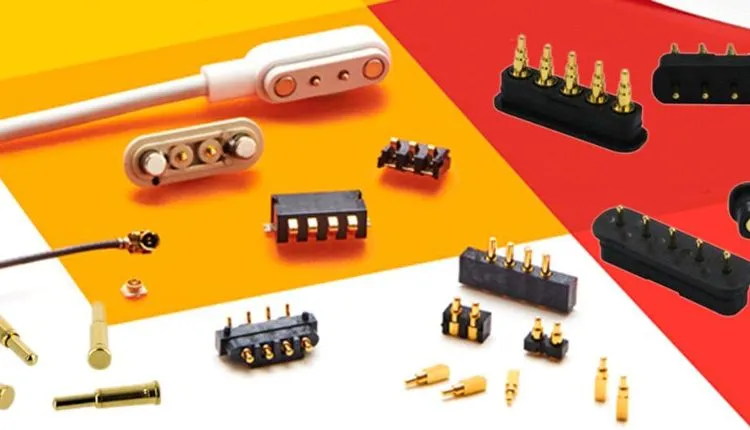
What Is A Pogo Pin?
Spring loaded pins or pogo pins are a common electrical connector mechanism used in modern electronic devices and electronics testing industry. The pogo pins are very popular in this industry due to its low cost and high durability. Compared to other connectors, spring loaded pins are very stable but they are also small in size. This makes it easy to place them in tight spaces without compromising functionality.
Barrel
The barrel of a pogo pin spring loaded pin is the main part that holds and compresses the plunger and prevents it from pushing out when force is applied. This allows for a constant connection to be maintained and eliminates the possibility of momentary disconnections due to vibration. These connectors are known for their durability and resilience to mechanical shock and vibration, which make them a preferred choice for many modern electronic applications. They also provide a secure electrical connection, which is particularly useful in the electronics testing industry.
This type of connector is fabricated through a turning and spinning process that does not require a mold, which allows for small volumes to be produced at a lower cost. The mating receptacle that the pogo pin engages, called the target or land, is typically a plated area of a printed circuit board. There are many types of pogo pins available on the market today, each suited for different applications. When it comes to choosing a connector for your project, you need to consider the following factors:
Plunger
The plunger of a pogo pin spring loaded pin is the part that allows the pin to make contact with the mating receptacle, which is called a target or land. This receptacle may be a separate component in the connector assembly or just a plated area of the printed circuit board. The plunger is shaped so that it retains the pin inside the barrel when force is applied, thus stopping the spring from pushing out when the pin is not locked in place. This ensures that there is a constant connection between the pin and the mating receptacle, even under vibration.
Pogo pins are becoming increasingly popular in a variety of industries due to their small size, durability and also cost-effectiveness. They are particularly useful for connecting electronic tools, such as cellular phones, radios, barcode readers and medical devices.
Target Or Land
A pogo pin is a spring loaded probe consisting of a plunger, tube and spring. The aforementioned components form the skeleton of a complete connection path which requires a mating receptacle, namely a target or land. Depending on the context, the target may be a component of the connector assembly itself or it may be a separate piece of hardware. The name of the game is to provide an optimum connection for a given test environment.
The pin was deemed a trifle by a multi-team group of engineers, and one of the participants proclaimed it to be the most difficult component in the test suite to test. Among other challenges, the group had to find the best way to connect a burn resistor on a secondary PCB to the primary PCB without compromising functionality or cost. The pogo pin aficionado also had to contend with the challenge of testing a nylon cable and burn resistor on an insulated copper substrate for the best possible results. The results were less than stellar.
Overall
A pogo pin spring loaded pin is a type of contact connector used in many electronics. These pins are available in a variety of sizes and designs to meet your specific application requirements. A basic pogo pin design consists of 3 main parts: a plunger, barrel, and spring. When force is applied, the spring compresses and the plunger moves inside the barrel. The barrel retains the plunger and stops the spring from pushing it out when the pin is not locked in place.
The mating receptacle, called the target or land, consists of a flat or concave metal surface that the pin engages. This can be a plated area on a printed circuit board or an individual component within the connector assembly. The length of the pin, its base-area to length proportion and the type of configuration it is arranged in can all have an impact on alignment and stability. For example, a single pin with a ‘cap’ for placement can experience misalignment during assembly and stability issues when soldered, while a housed array of 2×2 or larger provides greater consistency and reliability.
What’s Next?
Pogo pin is a spring-loaded electrical connector mechanism known for its durability. Its ability to provide and maintain an electrical connection that is resilient to mechanical shock and vibration makes it popular in the test industry. A basic spring-loaded pin consists of three main parts: the plunger, barrel and spring. When force is applied, the spring compresses and the plunger moves inside the barrel.




